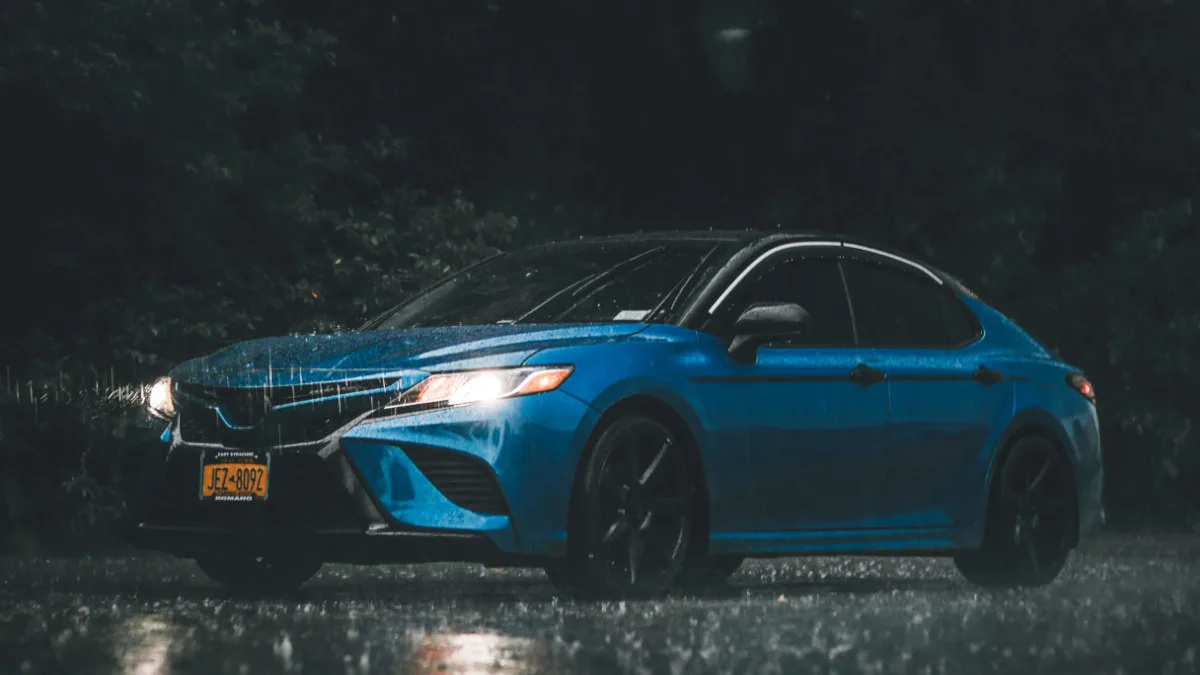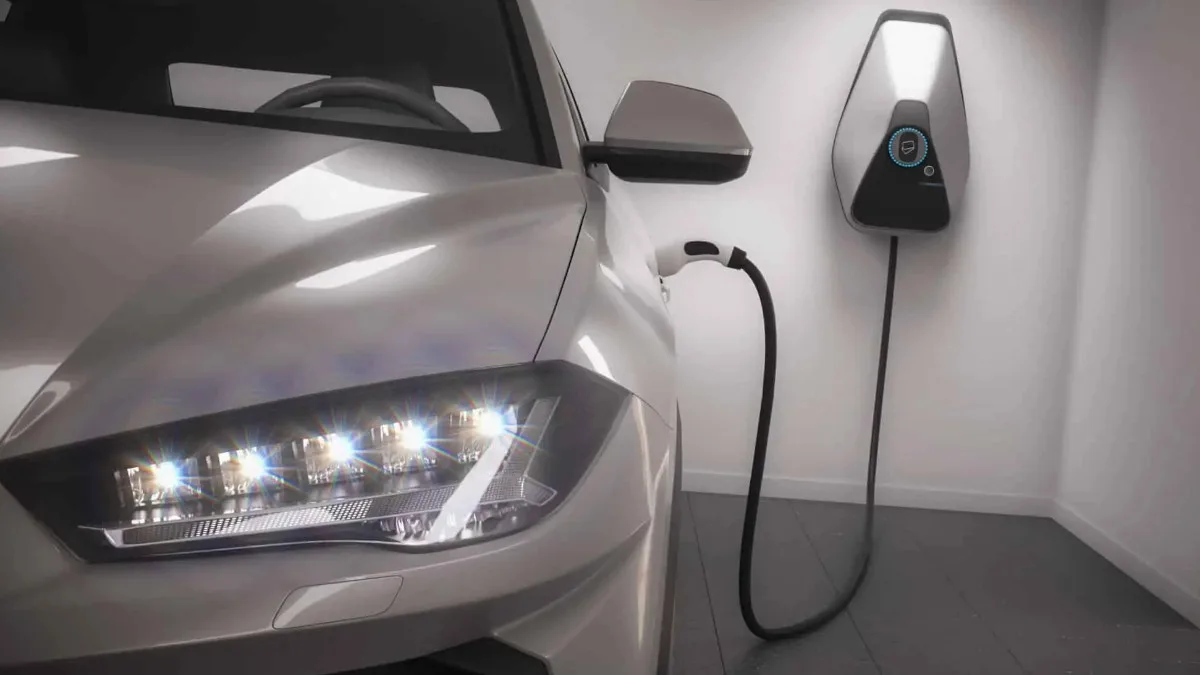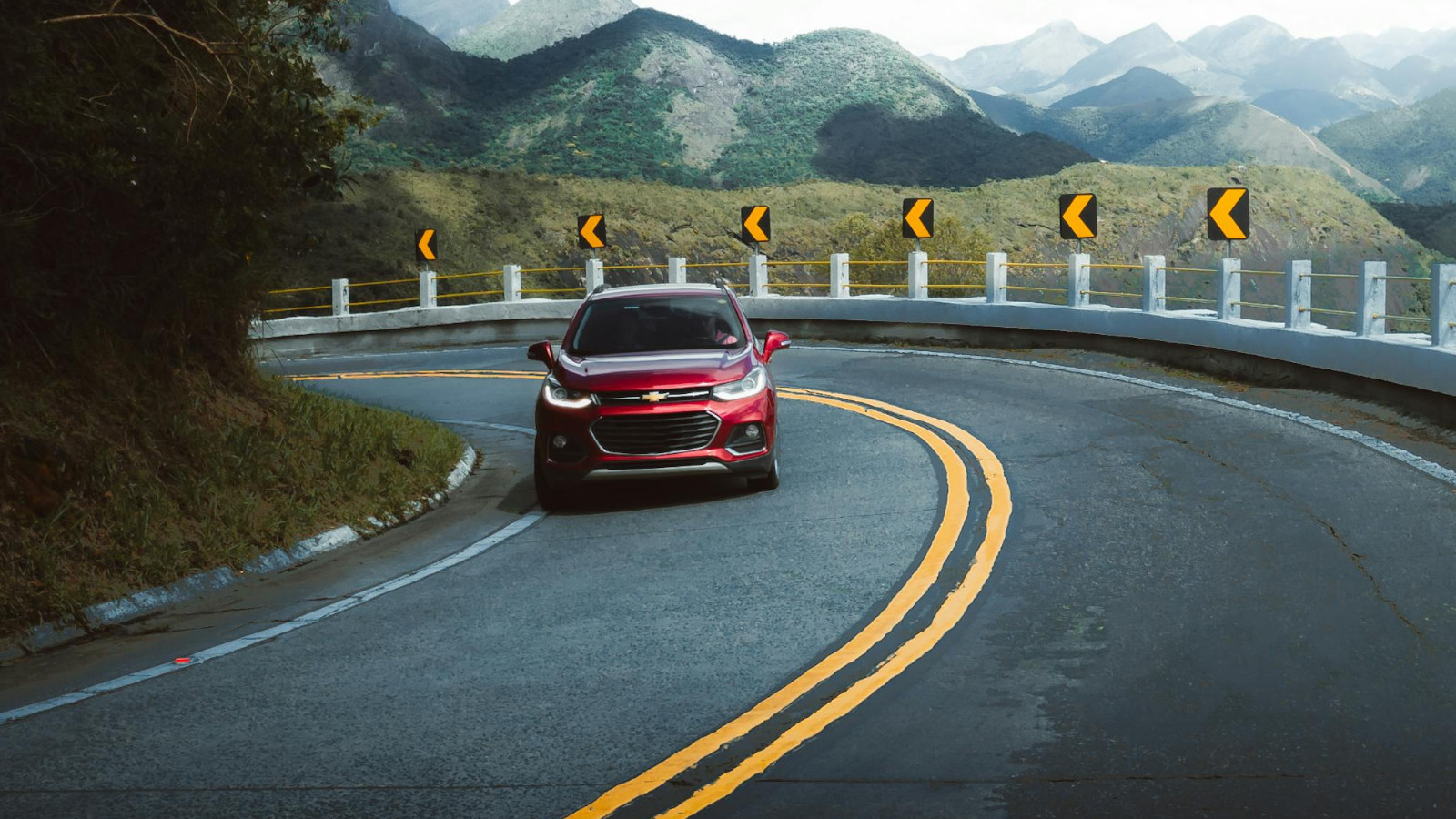Electric vehicles (EVs) are revolutionizing the way we drive, offering a clean and efficient alternative to traditional gasoline-powered cars. But with the monsoon season comes a unique set of challenges for EV owners. While EVs are built to withstand rain, extra precautions are necessary to ensure optimal performance and safety during heavy downpours, strong winds, and potential flooding.
This article provides essential safety tips to navigate the monsoon season with your electric car. By following these guidelines, you can keep your EV protected, extend its lifespan, and ensure a smooth and safe driving experience throughout the monsoon.
Optimizing Battery Performance and Range
- Understand Battery Impact: Rain and cooler temperatures can slightly reduce your EV’s driving range. This is because the battery needs to work harder to maintain optimal operating temperature. Plan your trips accordingly and factor in potential range reduction during monsoon conditions.
- Regular Maintenance is Key: Schedule a pre-monsoon checkup with your authorized EV service center. Technicians can inspect the battery pack, electrical components, and charging system for any potential issues that could be exacerbated by moisture.
- Charging Considerations: While most modern EVs are designed for outdoor charging, avoid leaving your car plugged in during heavy rain or thunderstorms. If possible, park in a covered area while charging.
Steering Clear of Water Risks
- Respect the Power of Water: Electric vehicles are not designed for deep wading. Avoid driving through flooded streets or overflowing streams. The high water level can damage the battery pack, electric motor, and other critical components.
- Know Your Limits: Most EVs have an Ingress Protection (IP) rating that indicates their ability to withstand water intrusion. While a high IP rating offers some protection, it’s not a guarantee. Consult your owner’s manual to understand your specific EV’s limitations.
- Beware of Submerged Charging Ports: Never attempt to charge your EV if the charging port is submerged in water. This poses a serious risk of electrical short circuits and damage to the charging system.
Enhancing Visibility and Safe Driving Practices
- Maintain Optimal Tire Tread: Worn-out tires can significantly reduce traction on wet roads. Ensure your tires have sufficient tread depth to maintain grip and prevent hydroplaning during heavy rain.
- Headlight and Taillight Check: Verify that all headlights, taillights, and brake lights are functioning properly. Improved visibility during rain is crucial for ensuring your safety and the safety of other drivers.
- Adjust Your Driving Style: Reduce your speed considerably during heavy rain and be extra cautious when driving through puddles or waterlogged areas. Maintain a safe following distance and avoid sudden braking maneuvers.
Interior Care and Maintenance
- Moisture Management: Heavy rain can lead to moisture ingress into the car’s interior. Regularly check for leaks around doors, windows, and the sunroof. Address any leaks promptly to prevent mold growth and electrical issues.
- Keep it Clean: After driving through rain, remove any water or mud from the floor mats and interior surfaces. This will help prevent rust and corrosion, especially for components beneath the carpets.
- Air it Out: Allow proper ventilation after driving in the rain to prevent moisture build-up. Open the windows and doors on sunny days to dry out the interior.
By following these safety tips, you can ensure your electric car remains protected and performs optimally throughout the monsoon season. Remember, prioritizing safety and preventive maintenance is key to a smooth and enjoyable EV driving experience during the rains.
Discover more from Wheels Craze - Automotive News, EV News, Car News, Bike News
Subscribe to get the latest posts to your email.




